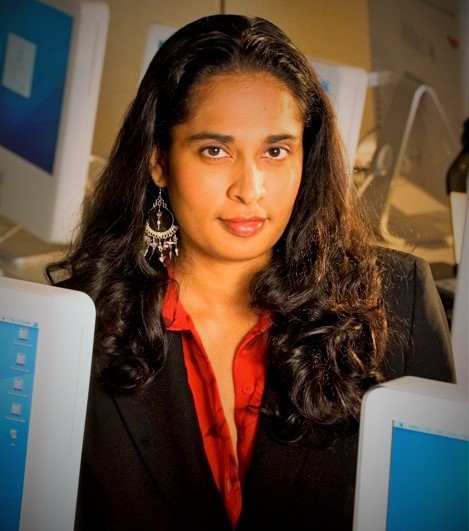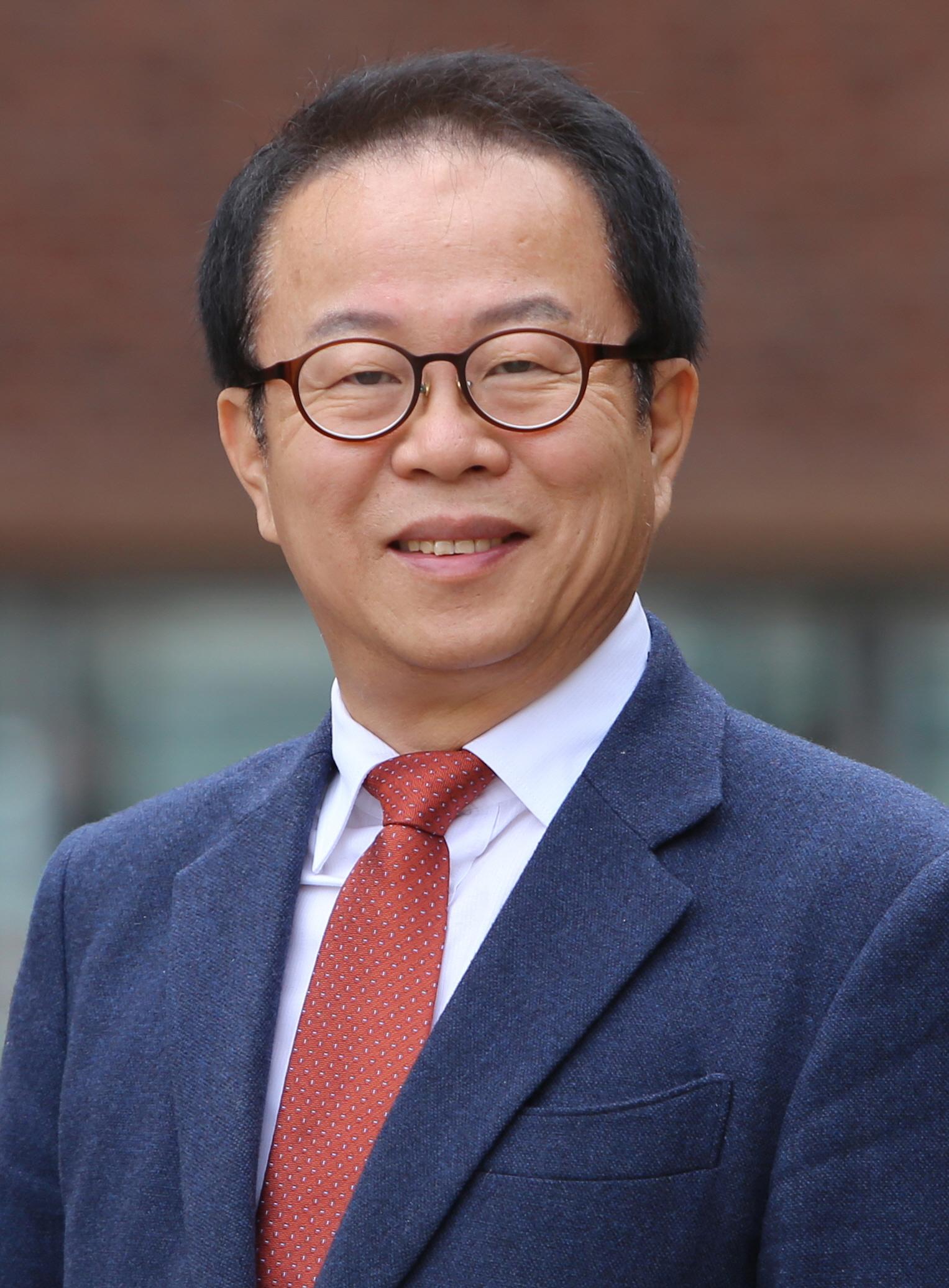Title: Robotics technology for underserved communities: challenges, rewards, and lessons learned
Abstract: Robotics and related technologies are playing an increasingly
important role in underserved communities around the world, with impact in
diverse areas spanning education, security, mobility, communication, and more.
Underserved communities in this context are communities that have not
traditionally benefitted directly from the technology innovation process; such
as people in the developing world, refugees, and people with disabilities.
Several research groups have been exploring technology solutions to address
challenges faced by these underserved communities. Many of these efforts began
with partnerships where the technologists were typically from a different
community or culture than the beneficiaries of the technology innovations. More
recently the diversity of technology innovators has increased, closing the
geographical and cultural gaps between innovators and users of technology.
In this talk I will discuss different ways in which robotics is impacting
underserved communities. I will draw from over a decade of research in this area
to summarize our efforts, challenges, rewards, and lessons learned. I will also
highlight a variery of relevant robotics endeavors carried out by researchers in
underrepresented communities around the world.
Biography: M. Bernardine Dias, Ph.D., is a roboticist committed to
technology innovation that serves disadvantaged people. Dias has decades of
experience in a range of robotics research projects, with over a decade of
dedicated experience in applying robotics and automation technology to address
challenges faced by underserved communities. Her most recent undertaking is
the founding and leadership of
Diyunu
Consulting, LLC that seeks to create innovative technology solutions that
progress the world. Dias also served as an Associate Research Professor at the
Robotics Institute at
Carnegie Mellon University for over a decade,
where she developed international recognition as a lead researcher on a range
of topics including assistive technology, educational technology, technology
for underserved communities, and autonomous team coordination. At Carnegie
Mellon, Dias was primarily affiliated with the
Field Robotics Center, where she founded
and directed the
TechBridgeWorld
research group that explored innovative technology solutions in partnership
with underserved communities around the globe, and trained over a hundred
students to be leaders in TechBridgeWorld’s methodology of
compassionate
engineering.
Dias has received several honors and awards including the Anita Borg Early
Career Award and the Louis Braille Touch of Genius prize for innovation. She
actively encourages women in science and technology, and was also a founding
member of, and graduate faculty advisor to the women@SCS group at Carnegie
Mellon University. She earned her B.A. from Hamilton College, Clinton NY, with
a dual concentration in Physics and Computer Science and a minor in Women’s
Studies in 1998, followed by a M.S. (2000) and Ph.D. (2004) in Robotics from
Carnegie Mellon University.



